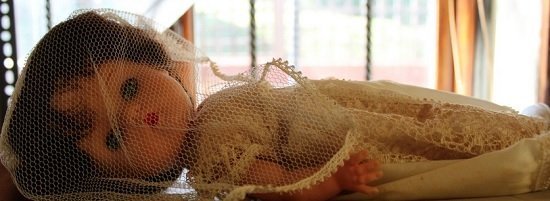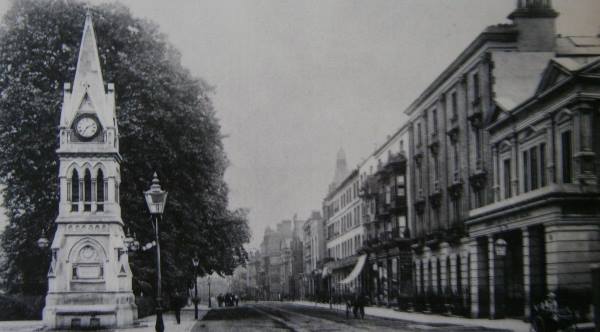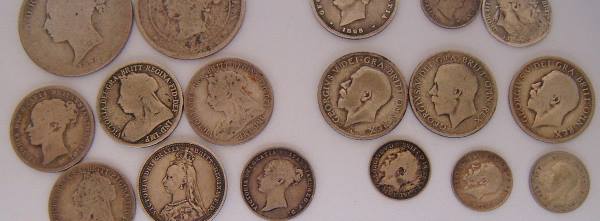Valentines have been a regular part of our culture since the early 1800s, but never more so than since the last decade of the 19th century. The history of paper dolls covers roughly the same span of years. Yet for some inexplicable reason, the combining of the two was a long time in coming and is still a rarity.
The reason for the lack of interest in the idea by paper novelty publishers aiming at the mass market was simply that such a sales item was confined to a much too narrow selling-time span. Once Valentine’s Day had passed, there would be no interest by little boys and girls, and even adults, in them. Even today, Hallmark and other greeting card publishers do not readily distribute many paper dolls with a specific holiday theme. For birthdays, yes, there are many of these, but such cards remain on the racks the year round.
The easiest to find – if finding any paper dolls from the first half of the 20th century is easy – are those published in the magazines of the day. Some, such as the Delineator, Ladies’ Home Journal, Pictorial Review, and Good Housekeeping ran them as a regular monthly feature. Sheets from these 1904 to late 1920s magazines of Rose O’Neill’s frolicsome Kewpies and Grace Drayton-Wiederseim’s cuddly Campbell’s Kids are eagerly sought today by both paper doll and holiday collectors.
Many other periodicals also offered their readers a semi-regular diet of paper dolls. Beginning in the 1920s, and really catching fire in the 1930s, daily and Sunday newspapers began including comic strip paper dolls. These included Mopsy, Brenda Starr, and Blondie. Magazine playtime pages almost always had special Valentine’s Day treatments for their paper doll folks, the same as they did at Christmas and other holidays.
Probably in the late 1930s, but certainly during the early 1940s, a firm known only as Ameri-Card began selling packets of punch-out paper doll valentines. These were mainly aimed at school children who exchanged cards with one another in the classroom on Valentine’s Day.
Ameri-card’s valentines came without envelopes, since they were never intended to be mailed. Each card size was about 4 1/4 inches by 4 1/4 inches and was brightly colored with lots of reds, blues, and yellows. All the cards known to date, and they number somewhere between 14 and 24, have one little boy or girl pictured along with one dress or garment and one hat or bonnet. Most were drawn already dressed to give the child two changes of clothes with which to play. There was also a cut caption, often connected to the character and clothes portrayed. A young cowboy promises he’s “gonna ‘lasso’ your heart Valentine,” a lass, wearing gloves, exclaims, “you fit me like a glove, Valentine!” and a smart stepping little cheerleader tells the object of her affection that “You lead the parade – Valentine.”
Quite possibly Ameri-card sold only one packet of paper doll valentines, something like 25 different for 10 cents. If so, then it was a limited production idea.
The firm also sold a “Valentine Cut-Out Book,” which when folded made into a 5 1/2-inch by 7-inch four-page greeting card. Each of the four illustrations is a doll with several changes of clothing. Two boys, Skippy and Scott, and two girls, Nancy Ann and Treva, make up the four paper dolls.
Today the tradition of Valentine paper dolls is barely carried on. In Good Housekeeping, during the 1980s and early 1990s, Joan Walsh Anglund contributed an occasional children’s novelty page which sometimes contained paper dolls and once in a while a Valentine treat.
But, sadly, there is little else to be found. A loss certainly also for future generations of collectors.




